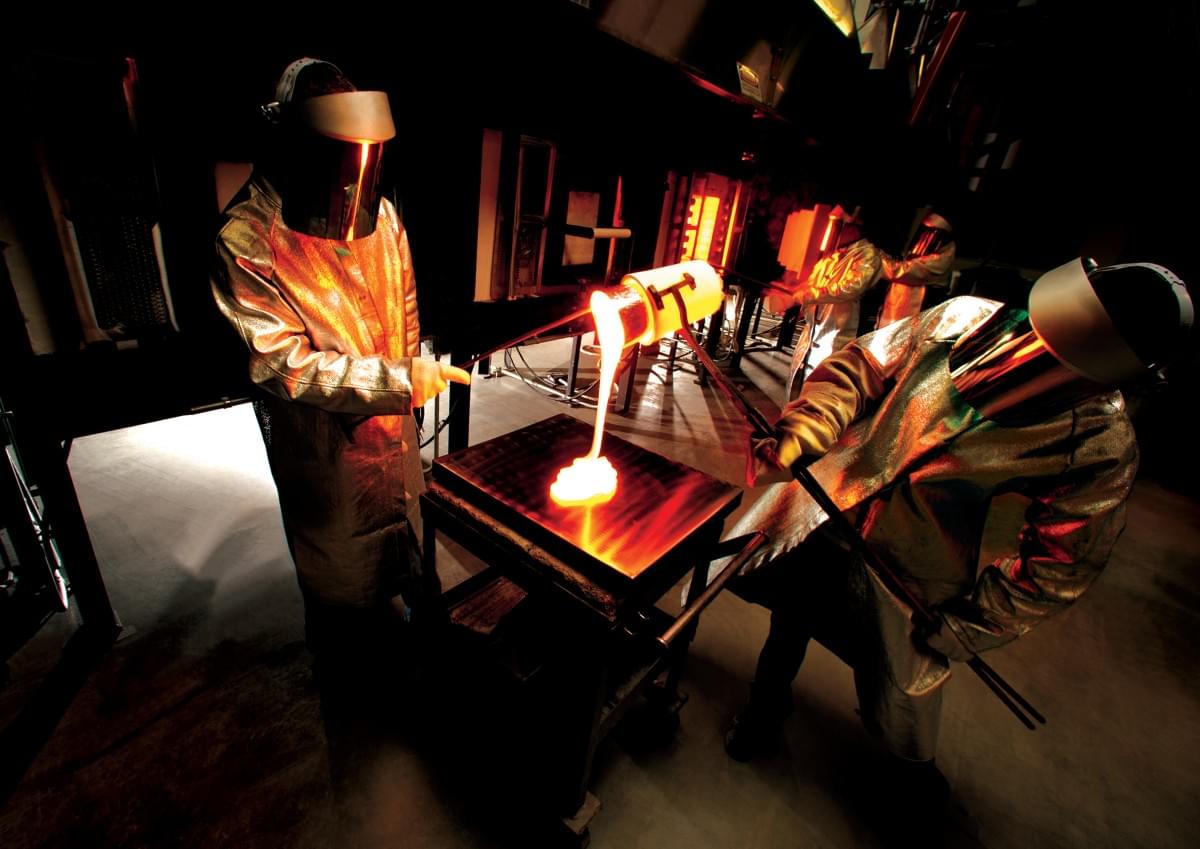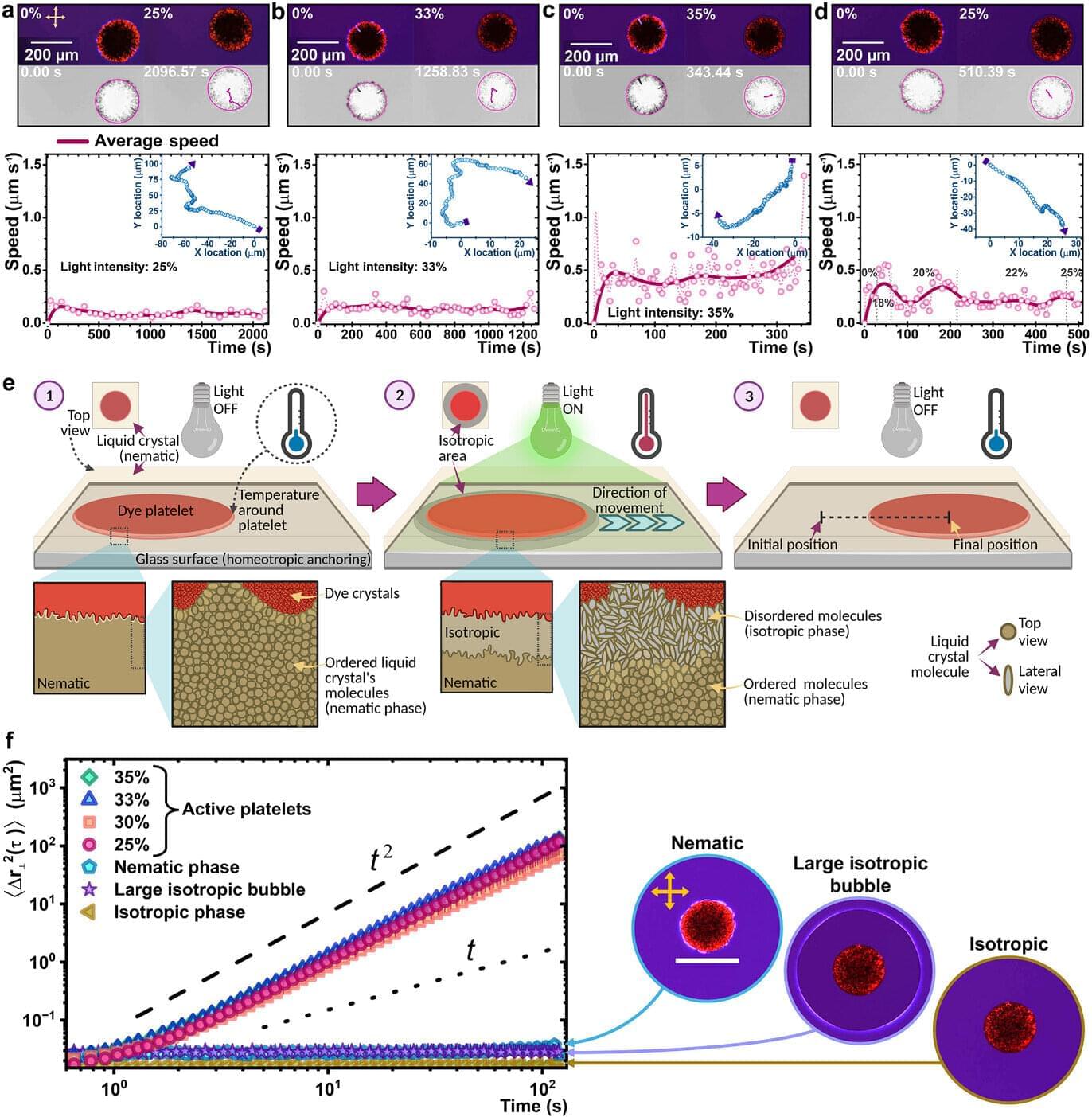Scientists start a controversial project to create the building blocks of human life, in what is thought to be a world first.



Gene therapy—once something out of science fiction—is now being used in real hospitals to treat real people. Gene editing has become a conversation of not only treating rare diseases but also about access, fairness, and how much control we should have over our biology.
Genes are sections of DNA that act like instruction manuals telling our cells how to build proteins. Proteins perform vital function like energy use, cellular communications, immunity and cell repair. So when people say “We are what our genes make us,” it’s because these gene-coded proteins guide our growth, health, and behaviour.
Sometimes, typos appear in these instruction manuals. They are called genetic mutations. While many mutations are harmless, some affect the protein made from the mutated gene and disrupt how the cell functions. Some cause serious diseases like cystic fibrosis, muscular atrophy or certain cancers.
Join us for an exclusive 1-hour conversation with Dr. Eriona Hysolli, the visionary scientist bridging de-extinction technology and the future of human reproduction. Recognized by Time100 Next for her groundbreaking work reviving the woolly mammoth, Dr. Hysolli brings a unique perspective to reproductive biotechnology that you won’t find anywhere else.
In this informal Q&A session, we’ll explore how cutting-edge technologies originally developed for species conservation are now revolutionizing human fertility treatments. Dr. Hysolli will share insights on:
The latest breakthroughs in synthetic embryos and artificial wombs.
How in vitro gametogenesis could transform infertility treatment.
Lessons from mammoth de-extinction that apply to human reproductive health.
The intersection of genome engineering and fertility solutions.
Near-term commercial applications in reproductive biotechnology.
Drawing from her pioneering work at Yale, George Church’s lab at Harvard, and as Head of Biological Sciences at Colossal Biosciences, Dr. Hysolli offers a rare glimpse into technologies that could redefine human reproduction within the next decade.
The session will feature a moderated discussion followed by audience Q&A. Whether you’re an investor, entrepreneur, healthcare professional, or simply fascinated by the future of fertility, this conversation will provide essential insights into one of biotechnology’s most promising frontiers.
Subscribe: http://bit.ly/1Wq6gwm.
Connect with Singularity University:





Kindly see my recent Forbes article: “”
Thanks and have a great weekend!
#artificialintelligence #cybersecurity #tech #investments #futuretrends
AI is transforming cybersecurity, and investments are following in close concert with those trends. AI systems seek to replicate human traits and computational capabilities in a machine and surpass human limitations and speed. Elements of AI emergence consist of machine learning and natural language processing. Today, AI can understand, diagnose, and solve problems from both structured and unstructured data—and in some cases, without being specifically programmed.
AI is becoming integral in cybersecurity, and companies are logically investing in AI-based defenses against cyberattacks, and the demand for them is expected to grow in the next few years. AI offers a logical collection of tools and the best chance for defenders that work in an environment characterized by an uneven threat level and are already short on workforce and money. The demand for AI is growing due to expanded risks and threats to enterprises.
This is unambiguous evidence that AI is becoming increasingly important in cybersecurity, and organizations must capitalize on its potential to remain competitive.


Scientists have created tiny disk-shaped particles that can swim on their own when hit with light, akin to microscopic robots that move through a special liquid without any external motors or propellers.
Published in Advanced Functional Materials, the work shows how these artificial swimmers could one day be used to deliver cargo in a variety of fluidic situations, with potential applications in drug delivery, water pollutant clean-up, or the creation of new types of smart materials that change their properties on command.
“The essential new principles we discovered—how to make microscopic objects swim on command using simple materials that undergo phase transitions when exposed to controllable energy sources—pave the way for applications that range from design of responsive fluids, controlled drug delivery, and new classes of sensors, to name a few,” explained lead researcher Juan de Pablo.